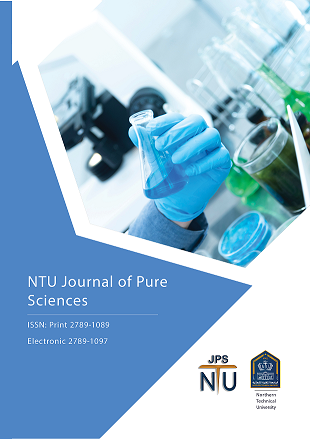Some Results on W-regular Rings
DOI:
https://doi.org/10.56286/mv3xsm11Keywords:
W-regular ring, Reduced, Abelian, N-regular, Np-injectiveAbstract
Von Neumann regular rings, introduced in 1936, form a cornerstone of abstract algebra and were later extended to weakly regular rings. This work considers another extension, the W-regular rings defined by Wei [6], and explores their properties and distinctions from related notions.The present paper looks into the characterizations of a few fundamental qualities of W-regular rings. We prove that if is a W-regular ring and for all, then H is a W-regular. If is an NI-ring and be a regular ring, then be a W-regular ring if is n-regular. A ring is a W-regular ring if and only if is a direct summand for all. If is a ring with every right simple singular H-module is np-injective, is semiprime ring and an N-duo, then is a W-regular.
Downloads
Downloads
Published
Issue
Section
License
Copyright (c) 2025 Copyright The NTU-JPS is an open journal, therefore there are no fees required for downloading any publication from the journal website by authors, readers, and institutions. The journal applies the license of CC BY (a Creative Commons Attribution 4.0 International license). This license allows authors to keep ownership of the copyright of their papers. But this license permits any user to download, print out, extract, reuse, archive, and distribute the article, so long as appropriate credit is given to the authors and the source of the work. The license ensures that the article will be available as widely as possible and that the article can be included in any scientific archive. Creative Commons License This work is licensed under a Creative Commons Attribution 4.0 International License. Intellectual property rights: The NTU-JPS policies will protect the author's intellectual property rights for all submitted and printed materials.

This work is licensed under a Creative Commons Attribution 4.0 International License.
The journal applies the license of CC BY (a Creative Commons Attribution 4.0 International license). This license allows authors to keep ownership of the copyright of their papers. But this license permits any user to download, print out, extract, reuse, archive, and distribute the article, so long as appropriate credit is given to the authors and the source of the work. The license ensures that the article will be available as widely as possible and that the article can be included in any scientific archive. Creative Commons License This work is licensed under a Creative Commons Attribution 4.0 International License.





